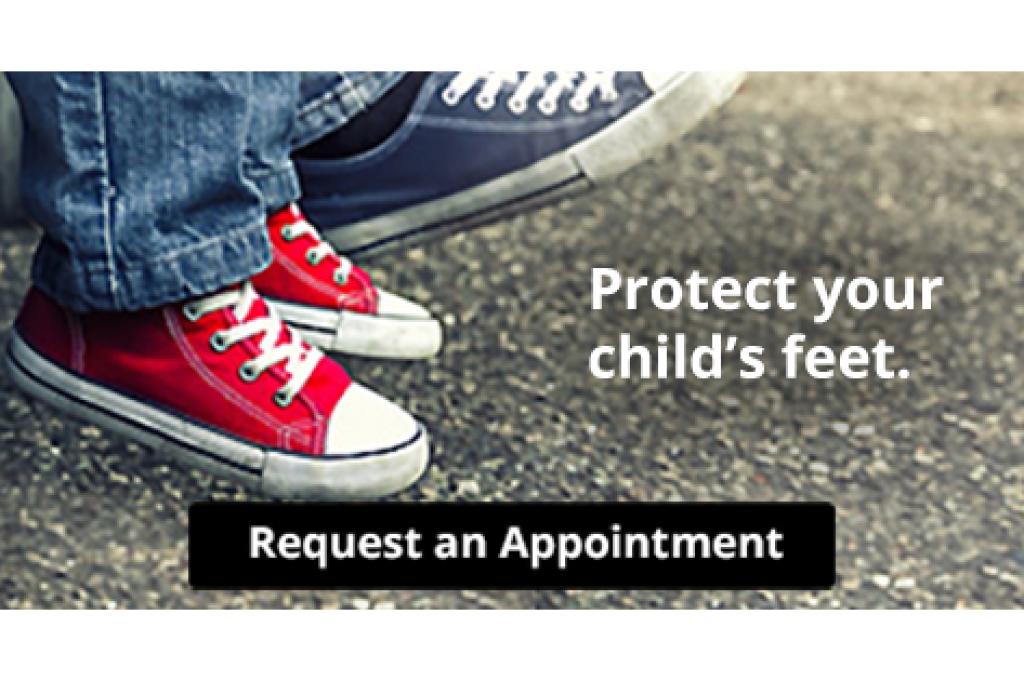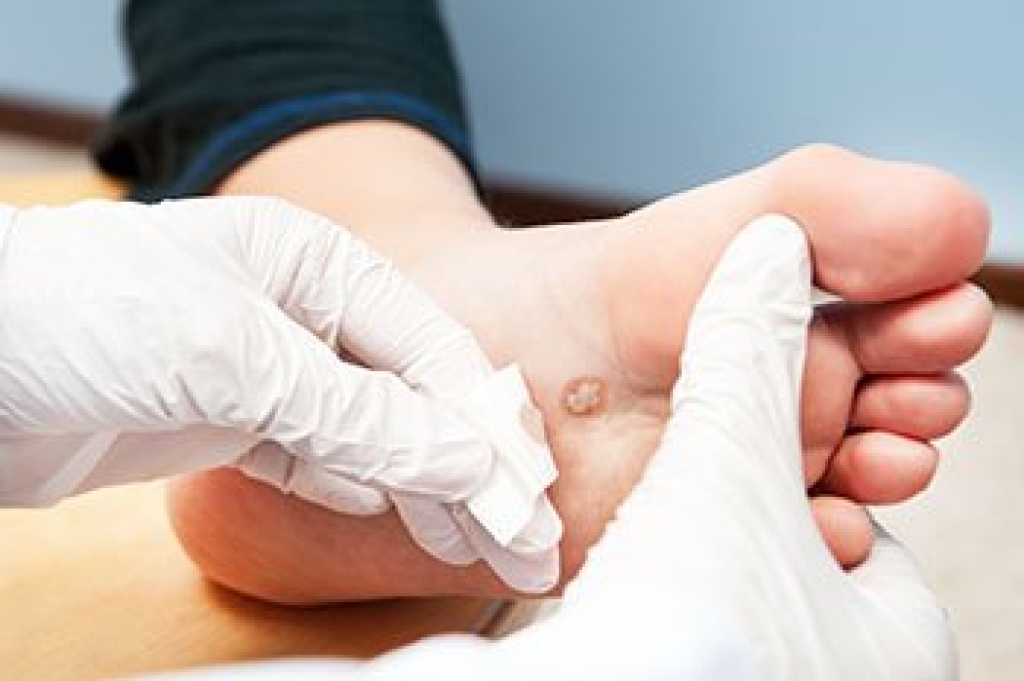Podiatrists are physicians that specialize in the foot and ankle. Podiatrists contain the DPM suffix after their name which means they achieved a Doctorate of Podiatric Medicine in medical school. They typically continue their post graduate training with a residency in a clinic or hospital. After passing certain exams, a podiatrist can become board certified by The American Board of Podiatric Medicine. While they treat general foot conditions such as ingrown toenails, heel pain, corns, calluses, bunions, fungal nail infections and more, some podiatrists also specialize in areas such as wound care, diabetes, sports medicine, arthritis, neuromas, gait analysis and correction, custom orthotics, and bunion removal. Certain podiatrists will even specialize in podiatric surgery and, after passing additional exams, may become certified by the American Board of Foot and Ankle Surgery. If you experience any swelling, severe pain, numbness or tingling, or have an open sore on your feet, it is suggested that you call a podiatrist to seek proper treatment.
If you are experiencing pain in the feet or ankles, don’t join the stubborn majority refusing treatment. Feel free to contact one of our podiatrists from Westside Podiatry Center, LLP. Our doctors can provide the care you need to keep you pain-free and on your feet.
What Is a Podiatrist?
Someone would seek the care of a podiatrist if they have suffered a foot injury or have common foot ailments such as heal spurs, bunions, arch problems, deformities, ingrown toenails, corns, foot and ankle problems, etc.
Podiatric Treatment
A podiatrist will treat the problematic areas of the feet, ankle or lower leg by prescribing the following:
- Physical therapy
- Drugs
- Orthotic inserts or soles
- Surgery on lower extremity fractures
A common podiatric procedure a podiatrist will use is a scanner or force plate which will allow the podiatrist to know the designs of orthotics. Patients are then told to follow a series of tasks to complete the treatment. The computer will scan the foot a see which areas show weight distribution and pressure points. The podiatrist will read the analysis and then determine which treatment plans are available.
If you have any questions, please feel free to contact one of our offices located in Liverpool, Camillus, Skaneateles, Oswego, and Cicero, NY . We offer the newest diagnostic and treatment technologies for all your foot care needs.





